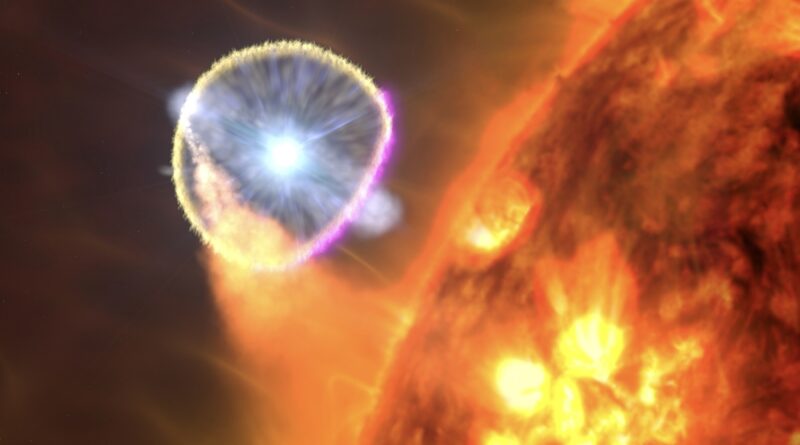This nova is on the verge of exploding. You could see it any day now.
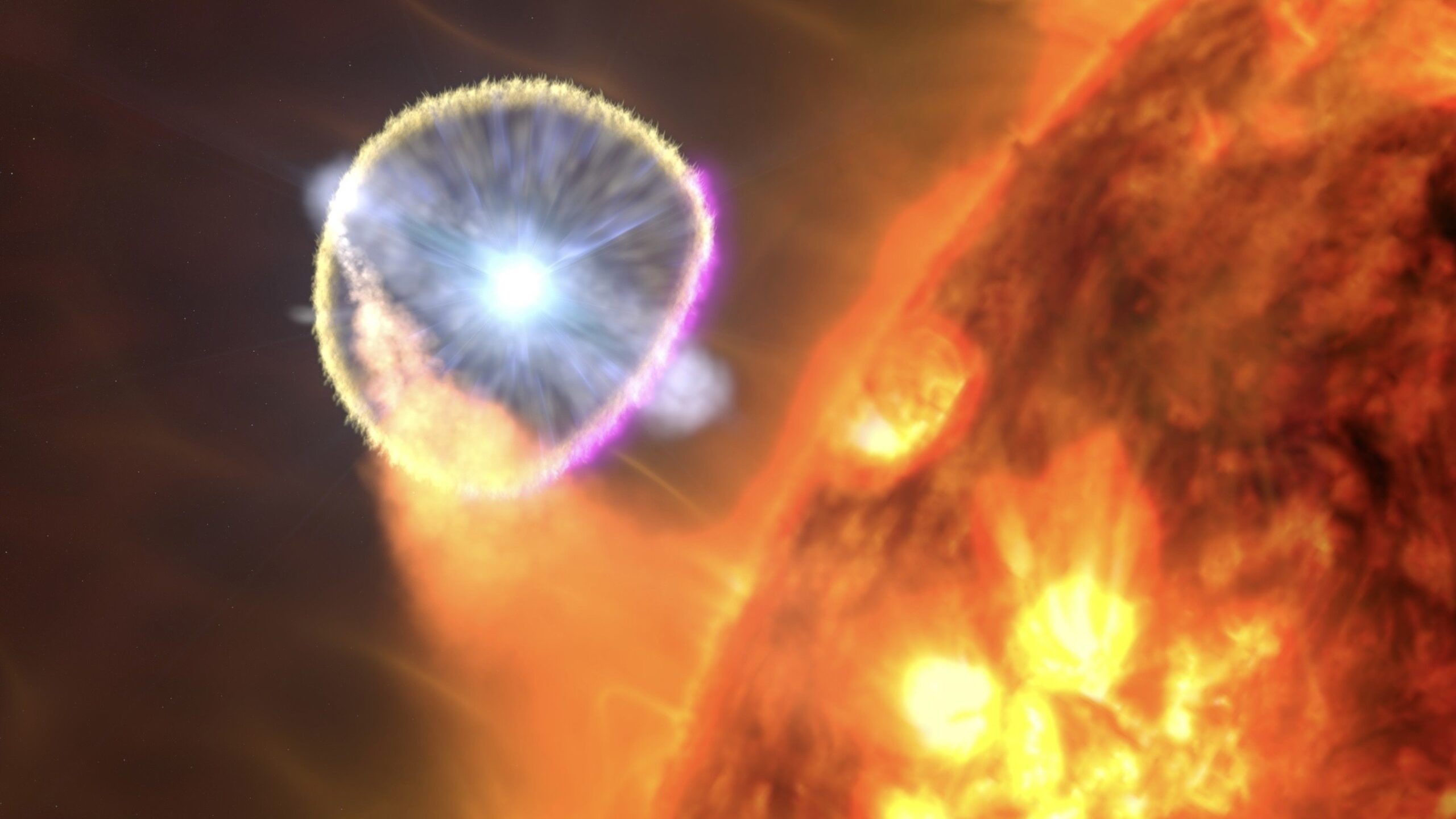
Any day now, people will look up and see a distant star exploding.
Though Earthlings will be able to observe this celestial event as if it just happened, the cataclysmic blast occurred some 3,000 years ago, perhaps in the time of Solomon, the king who built the first temple in Jerusalem. Through the Iron Age, medieval times, and the Industrial Revolution, the explosion’s light hurtled through space, only to reach this planet’s doorstep now.
The beacon beaming from the darkness will come from T Coronae Borealis, a star system where a dead white dwarf star will flash in a spectacular nova, according to NASA. Astronomers are calling it one of the stargazing highlights of the year.
This particular star remnant is intriguing because it experiences periodic outbursts. Experts have determined it detonates about every 80 years. That means there are people alive who could have witnessed its last eruption in 1946. But hardly any adults today will live to see the next one.
Here’s everything you need to know about this extraordinary event.
What is a nova?
A so-called “nova” is a type of stellar explosion — not to be confused with a supernova, the obliteration of an enormous star before it collapses into a black hole or neutron star.
For a nova, you need a white dwarf, the shriveled corpse of a dead medium-size star. If a white dwarf can steal stellar material from a nearby living star, hydrogen will heap onto the white dwarf’s surface, raising its temperature and eventually igniting like a bomb.
The nova doesn’t destroy the white dwarf — rather, the explosion causes it to spew elements like carbon and iron back into space.
Normally, white dwarfs are too dim to see with the naked eye, but the flash created by this runaway nuclear reaction is so immense, the dead star should brighten exponentially. The phenomenon earned the name nova, which means “new” in Latin, because it looks as though a new star suddenly appeared in the sky, only to recede into the darkness days later.
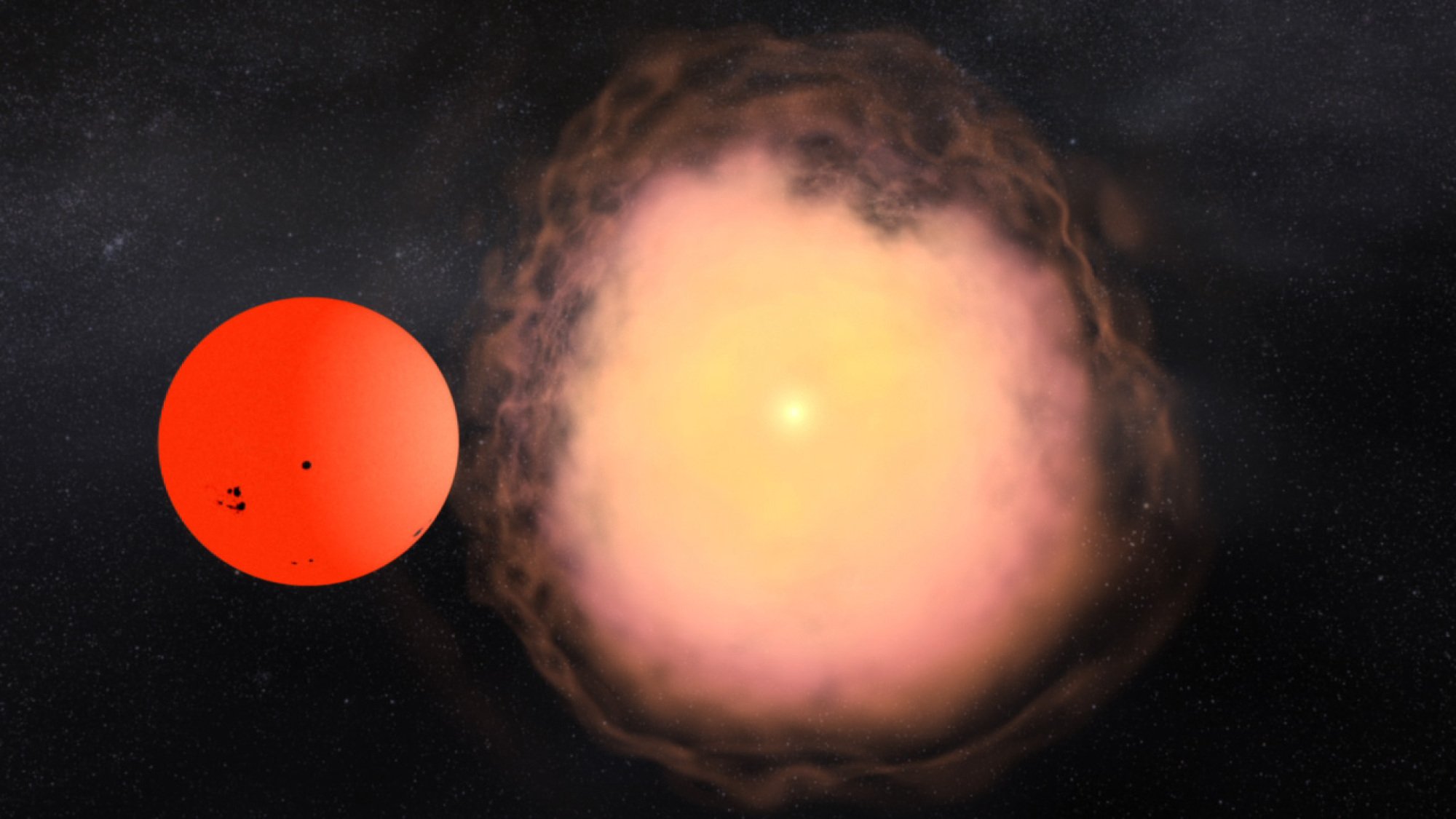
What is T Coronae Borealis?
T Coronae Borealis is a nova from a binary star system about 3,000 light-years away in our own Milky Way galaxy. It is created by a small, Earth-size white dwarf co-orbiting a red giant star — that is, a sun-like star in its senior years, running out of nuclear fuel.
Red giants bloat between 100 to 1,000 times their original size as they near death. As the red giant sloughs its outer layers, the white dwarf collects the matter. The sun, central to our solar system, is predicted to become a red giant in 5 billion years or so.
Walter “Will” Golay, a graduate student at the Harvard-Smithsonian Center for Astrophysics, told Mashable that not all novas are recurrent, but T Coronae Borealis, or T CrB for short, is on an intriguing cycle.
“Since the mass transfer (from the companion star) is roughly constant over many years, basically what that means is it’s going to build up, build up, build up, explode, blow all that mass off, and then it’s going to start all over again,” he said.
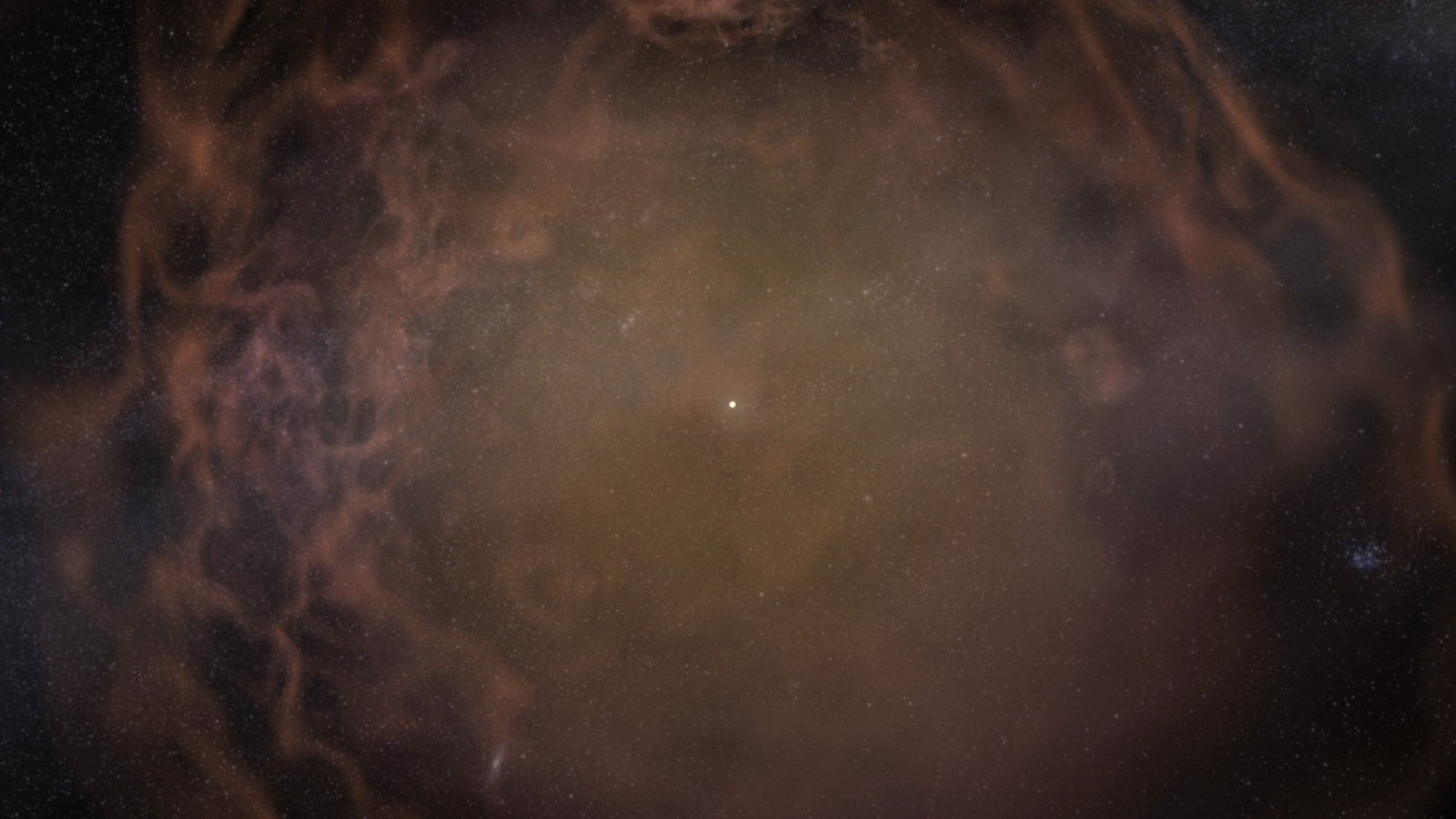
When will it go nova?
Astronomers believe T CrB is on the verge of going nova. They predict it will happen sometime between now and September 2024. The last nova happened in February 1946.
“The way we know that it’s going to happen soon is right before the last explosion in 1946, the system dimmed quite a bit, and that just happened,” said Golay, who is planning to study the event with the Submillimeter Array telescopes in Hawaii. “Once it was observed that it dimmed, people got on alert.”
“Once it was observed that it dimmed, people got on alert.”
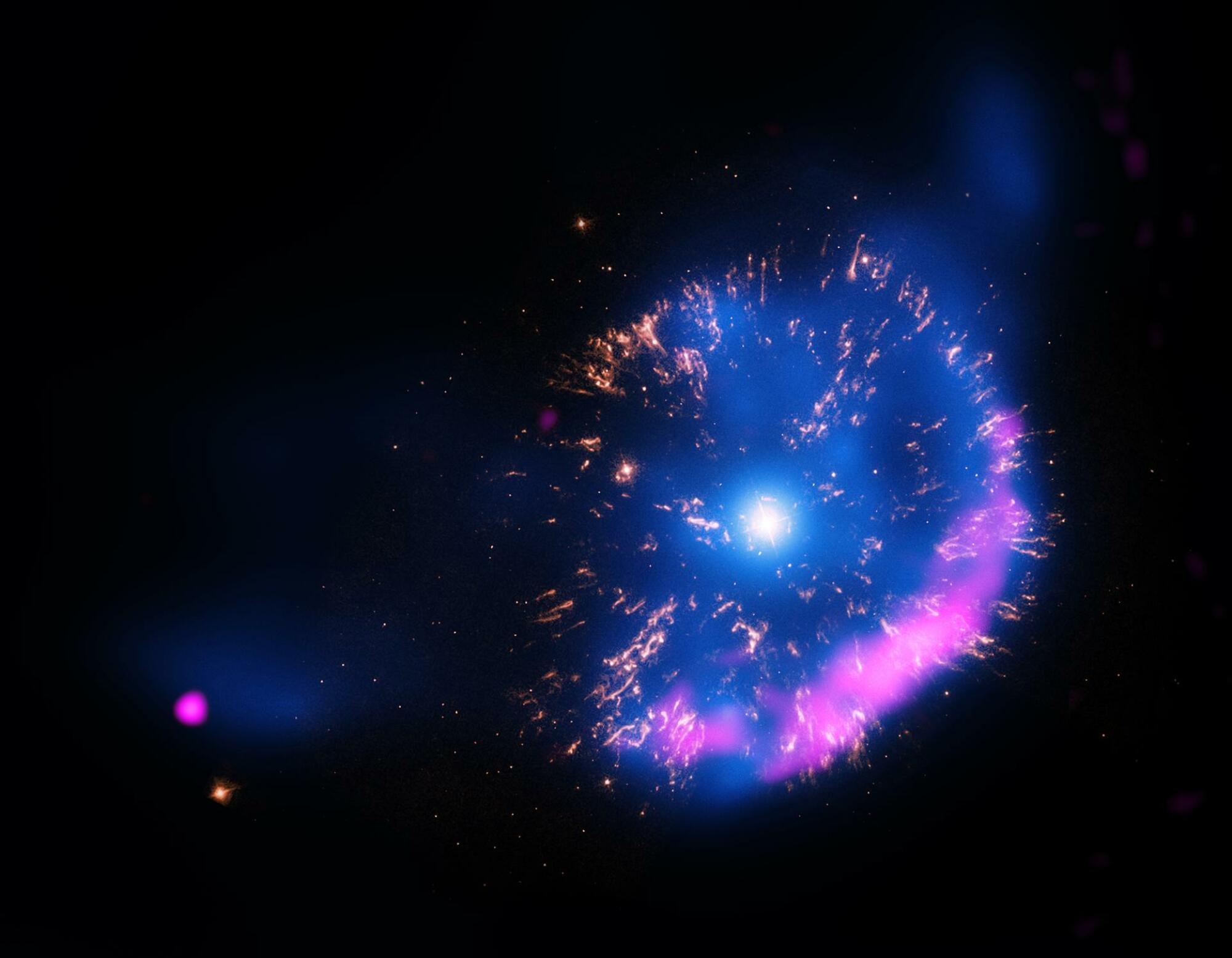
NASA and other institutions intend to post updates on the sighting, including from the NASA Universe account on X, formerly Twitter.
After hitting peak brightness, the nova will continue to shine for another handful of nights. Then, for about a week, people will be able to catch a glimpse of it with the help of binoculars.
Where will the nova be in the sky?
The nova outburst will appear in Corona Borealis, a small semicircular constellation flanked by Bootes and Hercules in the northern sky. If you weren’t a scout, you can download an interactive star chart app on your phone to get your bearings.
The free NASA app, for example, has a basic sky view under its “featured” tab that uses location data to pinpoint major stars. The nova will be somewhere in the region between the mapped Vega and Arcturus stars. Golay’s favorite app to find sources is called Star Walk, which may have in-app charges.
When it happens, it will not flash or flicker, but simply look like a new star where there wasn’t one before. The magnitude of the explosion is expected to be such that this ephemeral point of light will become brighter than Polaris, aka the North Star.

Usually, people who live in rural areas have the stargazing advantage. But in this case, a little city light pollution may help narrow the field, filtering out everything but the very brightest objects: The nova should be among the standouts.
It’s a once-in-a-lifetime spectacle, and scientists are eager to learn from it.
“Let’s say half of all stars are binary stars. That means that half of all exoplanets have binary stars. It’s important in the search for other habitable worlds that we understand how their host stars are behaving,” Golay said. “Obviously, you don’t want to live on an exoplanet around the star that explodes every 80 years.”
